I covered the Lumia 950 XL versus the iPhone 11 Pro here, so you might want to read that feature first. Suffice it to say that the iPhone 11 Pro's three 12MP cameras cover the zoom spectrum with aplomb, and without too much in the way of artefacts. Maybe not quite 'PureView' image quality levels, but pretty darned good.
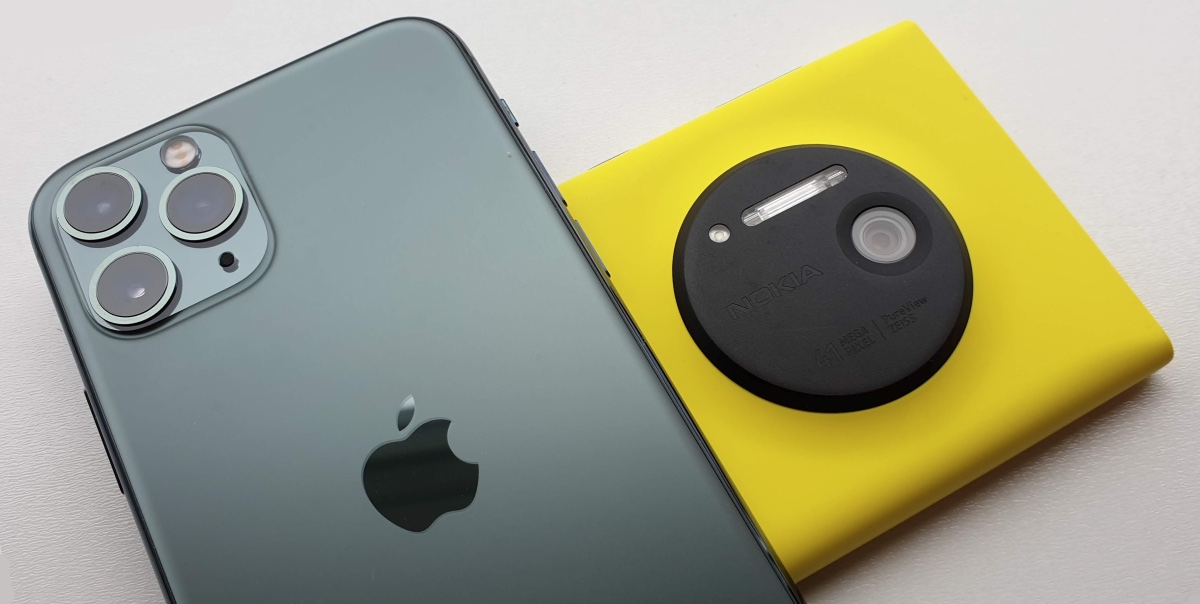
Now, it's perfectly true that the 1020 is irrelevant to most people in 2019 in terms of being a viable main device. But I'm featuring it here because it's a classic data point, a reference design against which all the computational photography gadgets after it are measured.
The reframing function mentioned above is that on the iPhone 11 Pro, if you accidentally chop something (a tower, a person's arm, whatever) out of the frame and wish, after the fact, that you had taken a wider angle photo, you can multi-touch ‘out’ inside the Photos ‘Edit’ cropping UI and – magically – information from a ‘behind the scenes’ wide-angle shot is spliced in around your main shot. This isn't exactly what the Lumia 1020 offered (I'd argue that the 1020's feature is more useful), but it's certainly reminiscent.
As before, I've deliberately thrown in some tricky shots and zoom 'asks' in the scene selection, to test the USPs here, all photos were taken on full auto and handheld, as a regular user would do. No tripods or RAW editing sessions needed!
Notes:
- I've also shot in 4:3 at the default output resolutions on each, leaving headroom for lossless PureView zoom on the 1020.
- The 5MP shot from the Lumia 1020 and the 12MP shot from the iPhone 11 Pro, added to field of view differences, especially when I start throwing in zoom tests, do mean slightly different crop framing below, but you'll still be able to compare what each phone camera has achieved.
Let's pit the results against each other, using our Famed Interactive Comparator (FIC). All 1:1 crops are at 900x500 for comparison, though I've put up the originals on my own server, for you to download if you want to do your own analysis.
| Note that the interactive comparator below uses javascript and does need to load each pair of images. Please be patient while this page loads, if you see a pair of images above each other than you've either not waited long enough or your browser isn't capable enough! You ideally need a powerful, large-screened tablet or a proper laptop or desktop. This comparator may not work in some browsers. Sorry about that. On Windows 10 Mobile, use the 'AAWP Universal' UWP app, which handles the comparator very competently (see the tips in the app's help screens) |
Test 1: Sunny detail
My standard suburban test shot. Here is the scene, from the Lumia 1020:

You can grab the original photos from the Lumia 1020 and iPhone 11 Pro, for your own analysis.
To look at the images in more detail here, here are fairly central 1:1 crops, just wait to make sure the page has fully loaded and then use your mouse or trackpad pointer to compare the images:
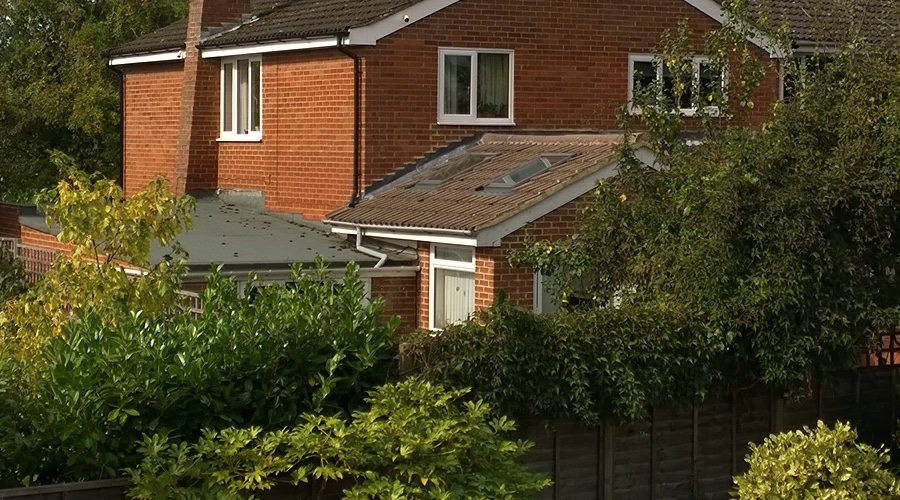
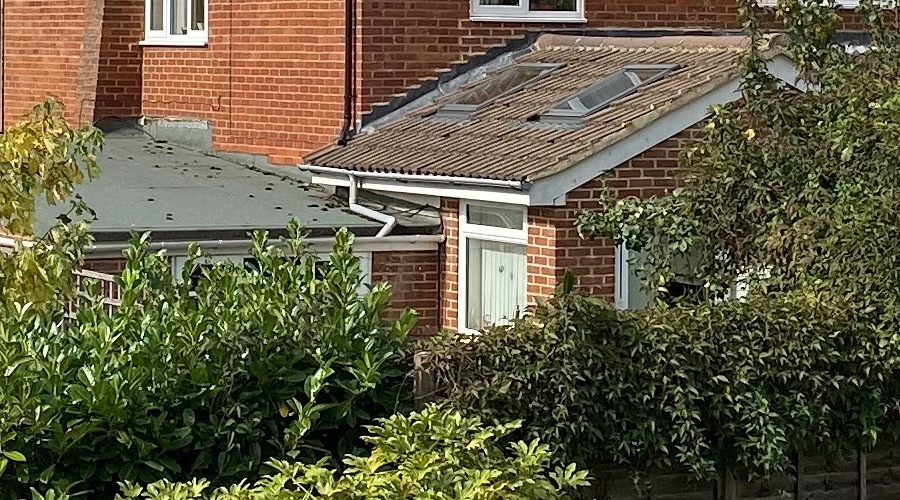
I'm going to call a score draw here, with the Lumia's lower resolution output being slightly too warm, so that's two small strikes, but then the iPhone's higher resolution output shows sharpening on the greenery that's less than perfect. Nowhere near as savage as on a Huawei phone, but I'd still like to have seen something more natural and closer to reality.
Nokia Lumia 1020: 9 pts; iPhone 11 Pro: 9 pts
Test 2: Sunny detail, 2x zoomed
The same shot but with the 2.5x PureView zoom on the Lumia and the 2x telephoto on the iPhone. You can grab the original zoomed photos from the Lumia 1020 and iPhone 11 Pro, for your own analysis.
To look at the images in more detail here, here are fairly central 1:1 crops, just wait to make sure the page has fully loaded and then use your mouse or trackpad pointer to compare the images:
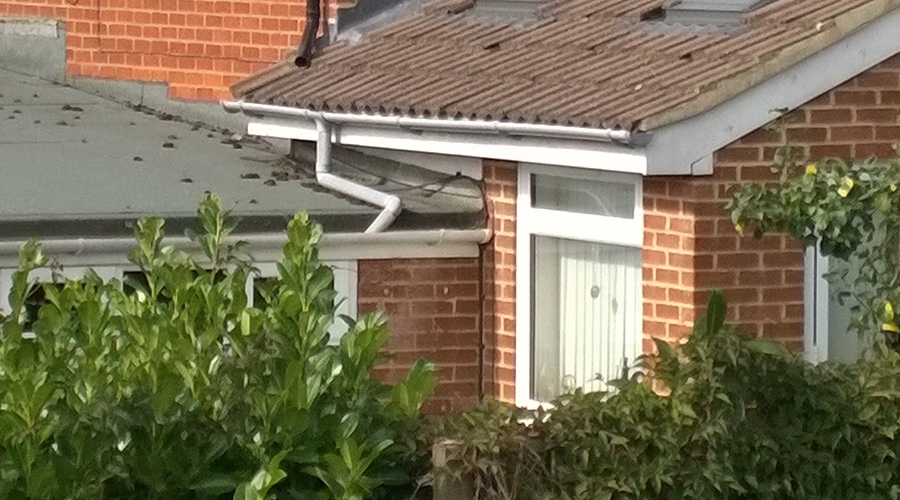

This is interesting, because I'm going to claim that both photos have exactly the same amount of detail, even though the iPhone's image looks a lot 'sharper' to the eye. In other words, if you were to sharpen up the Lumia 1020 photo in an editor, you'd get to the same place as the iPhone 11 Pro. So which one do I give the win to? Both have the same level of native detail. I think another draw is in order, they're both excellent!!
Nokia Lumia 1020: 10 pts; iPhone 11 Pro: 10 pts
Test 3: Sunny macro
A flower at close range (around 30cm), shooting into the sun's arc, quite a tricky shot in terms of dynamic range and focus, since the flowers were also moving in the wind. Here is the scene, from the Lumia 1020:

You can grab the original photos from the Lumia 1020 and iPhone 11 Pro, for your own analysis.
To look at the images in more detail here, here are fairly central 1:1 crops, just wait to make sure the page has fully loaded and then use your mouse or trackpad pointer to compare the images:
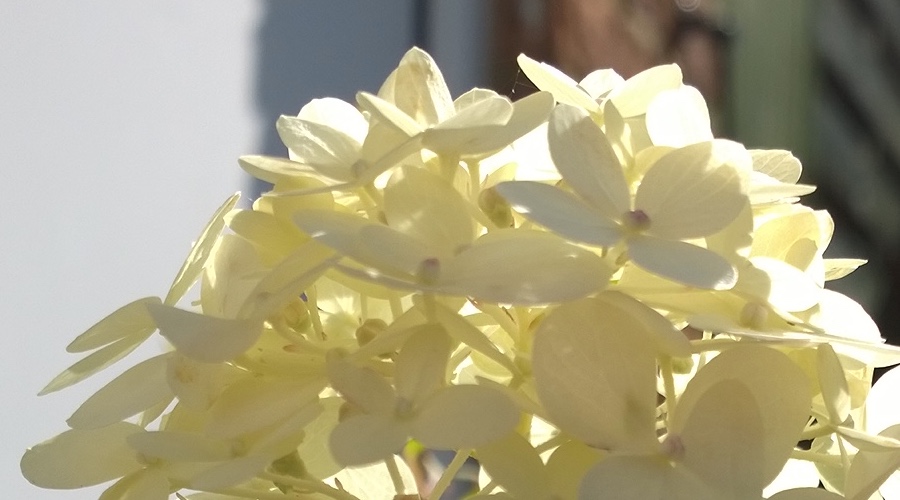

A win here for the iPhone and its greater dynamic range, thanks to six years of sensor advancement and the use of exposure stacking. The Lumia 1020 struggles with the brightest flower petals and its lower output resolution counts against it slightly in terms of detail. Natural bokeh is good in both cases.
Nokia Lumia 1020: 8 pts; iPhone 11 Pro: 10 pts
Test 4: Tricky (animal!) portrait
In a gloomy bedroom, with curtains partly closed, a model guinea pig, willing to be my photographic, err... guinea pig! Portrait mode on the iPhone and I'm just relying on optics for the Lumia. Here is the scene, from the 1020:

You can grab the original photos from the Lumia 1020 and iPhone 11 Pro, for your own analysis.
To look at the images in more detail here, here are scaled crops (because a 1:1 crop would have been just too close!), just wait to make sure the page has fully loaded and then use your mouse or trackpad pointer to compare the images:


Despite the use of the iPhone 11 Pro's 'Portrait' mode to get better bokeh, it doesn't quite get the pig's rear or its front left paw right, and this is a win for the big lens and big sensor in the 1020. The colours are interesting - the Lumia's is slightly too orange, the iPhone's slightly too brown - reality is between the two!
Nokia Lumia 1020: 10 pts; iPhone 11 Pro: 8 pts
Test 5: Moody scene
Moody lighting, corner of a pub, stretching what the sensors can do without resorting to long exposures. Here is the scene, from the Lumia 1020:

You can grab the original photos from the Lumia 1020 and iPhone 11 Pro, for your own analysis.
To look at the images in more detail here, here are fairly central 1:1 crops, just wait to make sure the page has fully loaded and then use your mouse or trackpad pointer to compare the images:
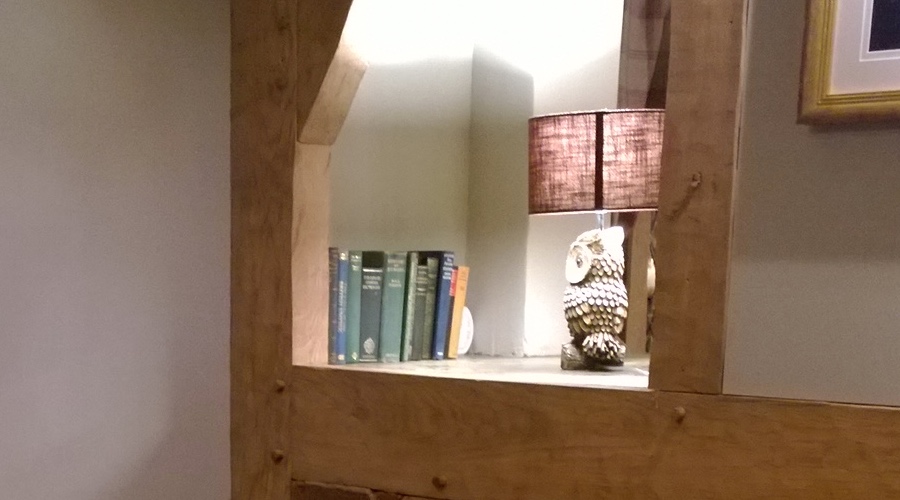

The 1020 gets points for its shot being admirably free of noise (though after all, that's what PureView is all about), but its lower resolution shows it up again - oh, for an 8MP or 12 MP output from the 38MP sensor! The iPhone 11 Pro's image has noise and artefacts, but also significant extra detail, as you'd expect from a 12MP sensor. The iPhone also has higher dynamic range (again), thanks to the exposure stacking system, as you can see from the owl's eye.
Nokia Lumia 1020: 7 pts; iPhone 11 Pro: 9 pts
Test 6: Add a face!
The same scene, but this time with a human being - no model available so just me! Here is the scene, from the Lumia 1020:

You can grab the original photos from the Lumia 1020 and iPhone 11 Pro, for your own analysis.
To look at the images in more detail here, here are fairly central 1:1 crops, just wait to make sure the page has fully loaded and then use your mouse or trackpad pointer to compare the images:


As with the still life shot, the iPhone has more noise but also more resolution and more detail. However, a test below unleashes the 1020's Xenon flash, can this make the difference?
Nokia Lumia 1020: 7 pts; iPhone 11 Pro: 9 pts
Test 7: And now zoom
The same scene, but this time zoomed in by 2x or so... The Lumia loses its PureView oversampling, but the sensor should be able to cope at 1:1, while the iPhone managed to keep using its telephoto - in very dark conditions the main sensor is used. Here is the scene, from the Lumia 1020:

You can grab the original photos from the Lumia 1020 and iPhone 11 Pro, for your own analysis.
To look at the images in more detail here, here are fairly central 1:1 crops, just wait to make sure the page has fully loaded and then use your mouse or trackpad pointer to compare the images:


Both shots are only borderline useable, have noise and uncertainty in these lighting conditions, and could do with some Photoshop work! A lower scoring draw...
Nokia Lumia 1020: 7 pts; iPhone 11 Pro: 7 pts
Test 8: And now with Xenon!
The same scene, but this time with flash forced on, on the 1020 (the iPhone's LED flash wouldn't have made a difference at the 2 metre shooting distance) - surely Xenon can help? Here is the scene, from the Lumia 1020: You can grab the original photo from the Lumia 1020 for your own analysis.
To look at the images in more detail here, here are fairly central 1:1 crops, just wait to make sure the page has fully loaded and then use your mouse or trackpad pointer to compare the images:


Xenon does indeed close the gap, though at the cost of a slight (typical) Lumia 1020 flash 'yellow cast'. But it's all crisp and noise free now. Pros and cons for each crop, but the 1020 just edges a win overall.
Nokia Lumia 1020: 9 pts; iPhone 11 Pro: 8 pts
Test 9: Dead of night
The iPhone 11 Pro includes a Night mode, where exposures are stacked over a couple of seconds, but will it do better than the Lumia 1020's big sensor and famous 'ball bearing' OIS? Here is the scene, from the Lumia 1020:

You can grab the original photos from the Lumia 1020 and iPhone 11 Pro, for your own analysis.
To look at the images in more detail here, here are fairly central 1:1 crops, just wait to make sure the page has fully loaded and then use your mouse or trackpad pointer to compare the images:
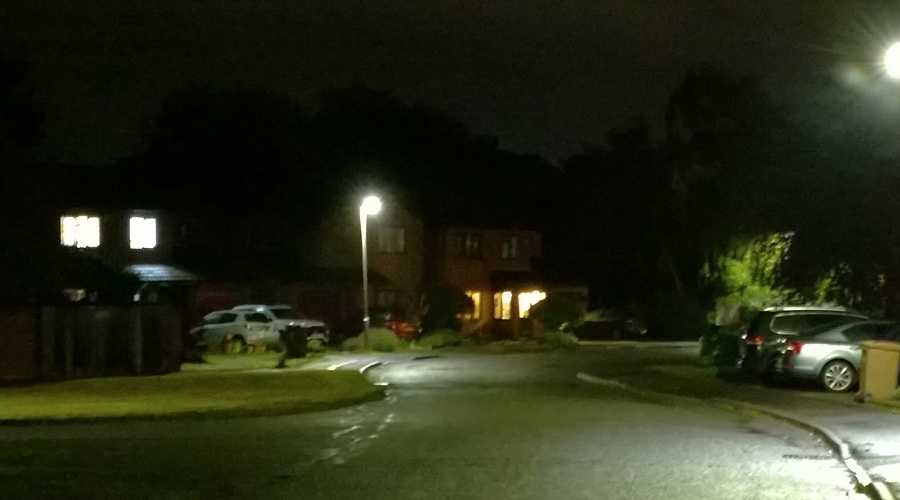
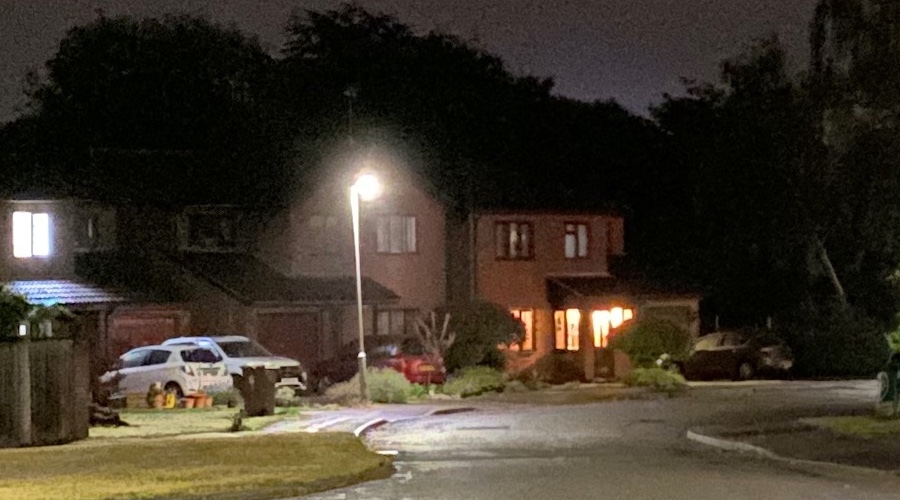
The 1020's night time prowess, itself dramatically better than the competition of the time in 2013, is now outgunned by modern processing power. At the expense of a little noise, the iPhone 11 Pro's Night mode (captured over about 3 seconds) brings out seemingly impossible levels of detail. You could argue that the Lumia got closer to 'what the eye saw' because it really was very dark, but yo ucan't help but be impressed by the what the iPhone achieves here, even from a technical standpoint.
Nokia Lumia 1020: 7 pts; iPhone 11 Pro: 9 pts
Verdict
For the record, the scores add up as:
- Apple iPhone 11 Pro (2019): 79 pts (/90)
- Lumia 1020 (2013): 74 pts
On the one hand, for a six year old camera phone to come so close to a late 2019 imaging flagship is in itself very impressive, showing that the Lumia 1020 was ahead of its time (as was the Nokia 808 before it). On the other, across all subjects and light conditions, the best in the world of phone imaging now win out, at last. The iPhone 11 Pro, in particular, has really impressed me. The trio of lenses (note that we didn't even see the wide angle one in action here, though that's terrific too) and immense multi-exposure computational power puts it ahead of just about anything at the moment (though Google's Pixel 4 next month might change that).
